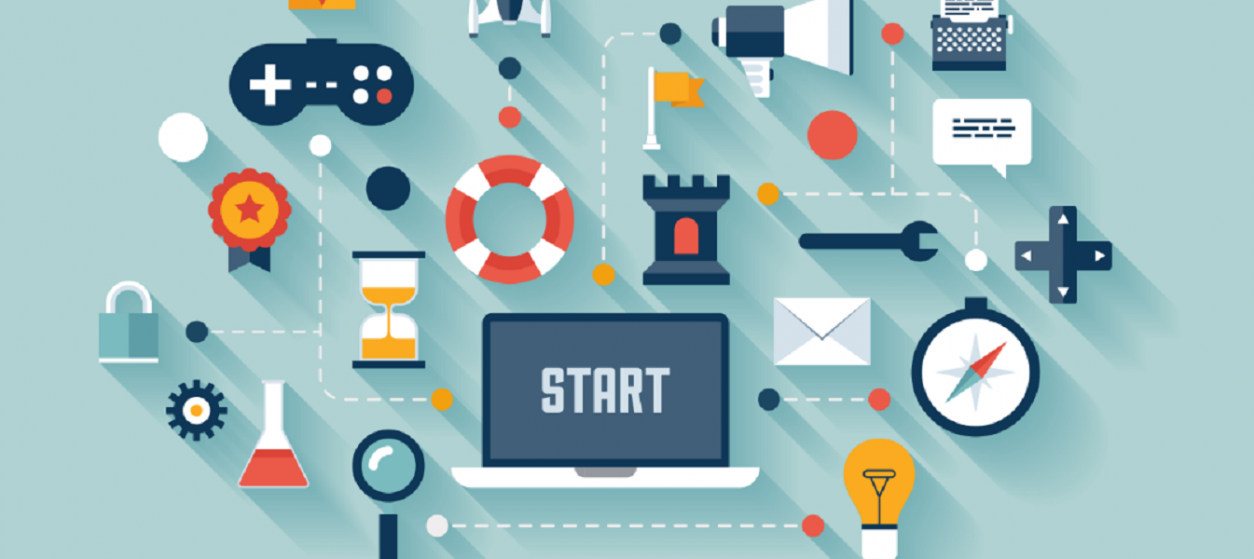The term ‘gamification’ is of a recent coinage and it was not until early 2000s that it gained prominence. With the advent of social media and online gaming, companies and strategists began to see the importance of games in human lives. Marketing managers, CEOs and analysts understood that by instilling a game-like scenario, one could engage customers much better than with previous marketing methods.
Using game thinking and game mechanics has helped companies to encourage customers to remain engaged, solve problems, and compete with other customers to achieve rewards and gain brownie points from the companies. Most importantly, gamification helps businesses to create brand awareness and reach goals without superimposing themselves on customers and their lives through traditional marketing methods.
As customers mimic human tendencies of being primed for competition, reward-seeking behavior and adhering to rules while also being entertained, gamification serves the purpose for fostering a customer relationship, boosting their motivation and also helping them gain insight. Ultimately, gamification helps to boost sales and increase brand loyalty. Let us take a look at some of the factors of gamification that drive customer engagement:
• Structured rules and goals: Games involves structured rules and goals. When we employ gamification in our campaigns and marketing strategies, customers will feel motivated to attain goals, while sticking to the rules that you create. This serves to boost goal-directed behavior which ultimately could serve the purpose of responding to a call-to-action, making a purchase or simply, playing a game.
• Achievable challenge: Gaming involves providing the player with achievable challenges. When we use gamification in customer engagement, we use a similar method to offer challenges that can be overcome to gain satisfaction. This could in other words be, collecting certain points, making certain number of purchases or even, using a certain game as part of a marketing strategy and overcoming the challenges that it offers.
• Strong plot: A good game has a plot and a story. It also has characters that win or lose in the end. When we use gamification in marketing campaigns and to engage customers, we can create plots that will help them to remain focused to the brand, while making them feel that they are central to the brand-making process. Plots should be market-driven and must serve the purpose of boosting brand loyalty.
• Regular feedback and reward: A customer likes to be heard from the company that he or she patronizes. This is similar to how a player often likes to see how many points he or she gained and where they stand as a player. Players like to be rewarded for their efforts as well. Similarly, customers need to be given regular feedback and one should reward them for their continued engagement with the brand.
• Interface and user experience: Most video game players prefer playing those which have a good interface and user experience. Similarly, when we speak about gamification of customer engagement, we must ensure that Mobile Apps, websites that involve game-thinking and other platforms should be user-friendly and possess a good interface. This helps to keep customers coming back to an application or website, without feeling alienated.
• Social connection: Most video games are built on the principle of social sharing, interaction with online and offline friends and building contacts. After all, a game is meant to be played in teams or pairs. Similarly, when one uses gamification to boost customer engagement, there should also be opportunities to share their rewards, achievements and their ‘plots’ with other friends or customers. This helps to keep their social connections strong and also provide you with more opportunities to gain new customers.
What does the future look like?
Gamification is increasingly being used for effective customer engagement exercises. Using game-thinking has proven to be an effective way to remain updated and ensuring that customer engagement levels remain high. Moreover, businesses are also realizing that it is time to play and not simply persuade or inform customers with marketing messages. In the process, companies themselves become part of the gamification and they will be rewarded with new customers, better relationships with them, increased growth and ROI.










